Head to the furthest reaches of Japan’s least populated prefecture, Tottori, and prepare to be dazzled.
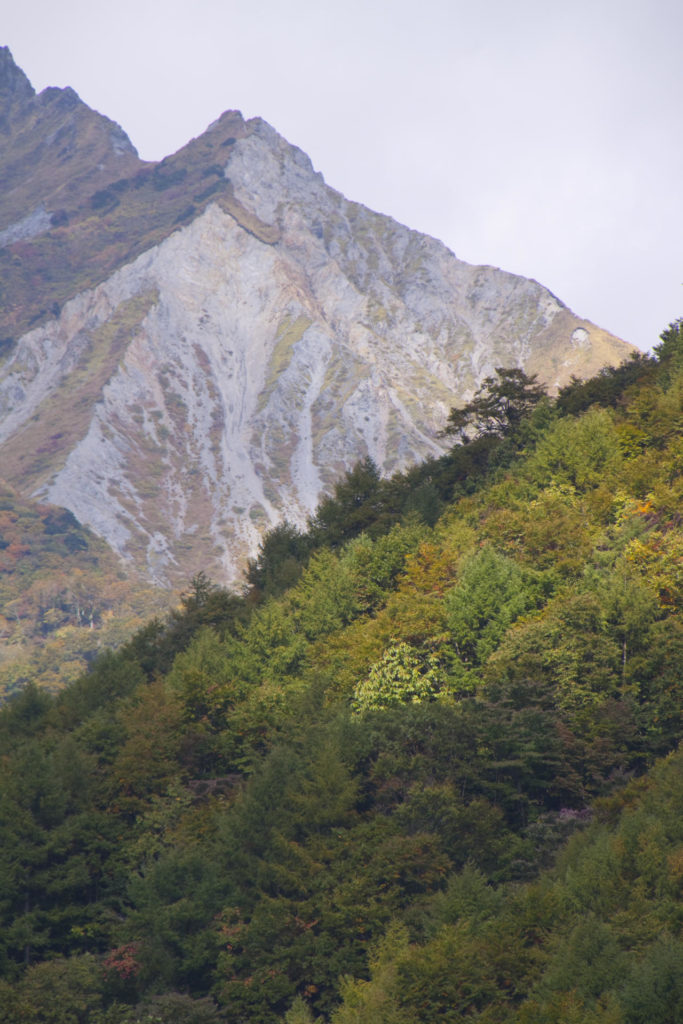
In a country where people are usually rubbing, it is refreshing to be somewhere with so much elbow room. Although Tottori may be off many people’s travel radar, the prefecture has many worthy attractions such as Daisen, the prefecture’s tallest peak, Kaike Onsen, a great place to enjoy a hot, salty soak, and Sakaiminato, a small fishing port that boasts one of Japan’s largest catches.
DAISEN
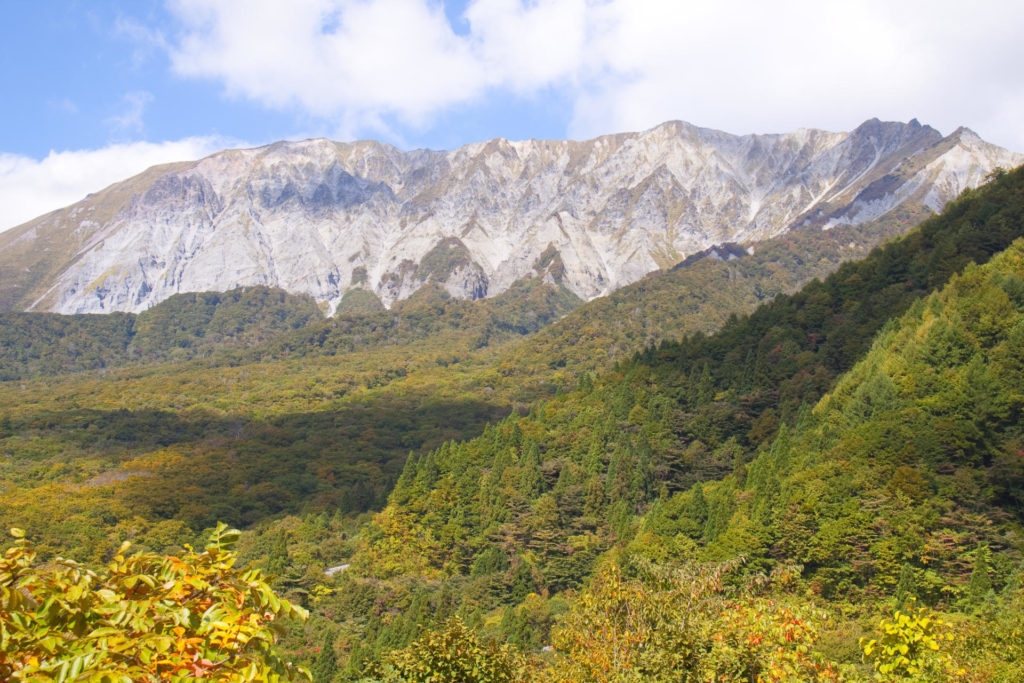 Daisen is one of the Japan’s Hyakumeizan (100 most famous mountains). “Sen” is the local dialect for the honorific “san” for mountain (such as “Fuji-san”). In autumn, the red pine, oak and maple forests that ring the lower elevations of the big hill come alive, providing an impressively colorful spectacle. Further down the slopes, cosmos in varying shades of pink, purple and red dot the roadside and rice farms. Freshly harvested rice stalks are stacked neatly in rows making a myriad of patterns.
Daisen is one of the Japan’s Hyakumeizan (100 most famous mountains). “Sen” is the local dialect for the honorific “san” for mountain (such as “Fuji-san”). In autumn, the red pine, oak and maple forests that ring the lower elevations of the big hill come alive, providing an impressively colorful spectacle. Further down the slopes, cosmos in varying shades of pink, purple and red dot the roadside and rice farms. Freshly harvested rice stalks are stacked neatly in rows making a myriad of patterns.
After a leisurely drive along the road that winds its way around the mountain, stop to tuck into local beef and mutton from one of the ubiquitous BBQ restaurants or drop by the local Daisen G Biru (大山Gビール) microbrewery and swig down some fine craft beer with some locally made snags (sausages).
Still hungry? Eyeball the resident dairy cattle and Tottori’s pleasant coastline below while enjoying a piece of the local cheesecake. After that, you might want to consider making the seven-to-eight-hour climb to the top of Daisen to burn off all those calories.
If you’re not partial to climbing, drop into the Ueda Shoji Photography Museum housing the world’s largest Camera Obscura which affords a unique view of the mountain. It exhibits photos from the recently deceased photographer (Shoji Ueda), all taken in Tottori.
KAIKE ONSEN
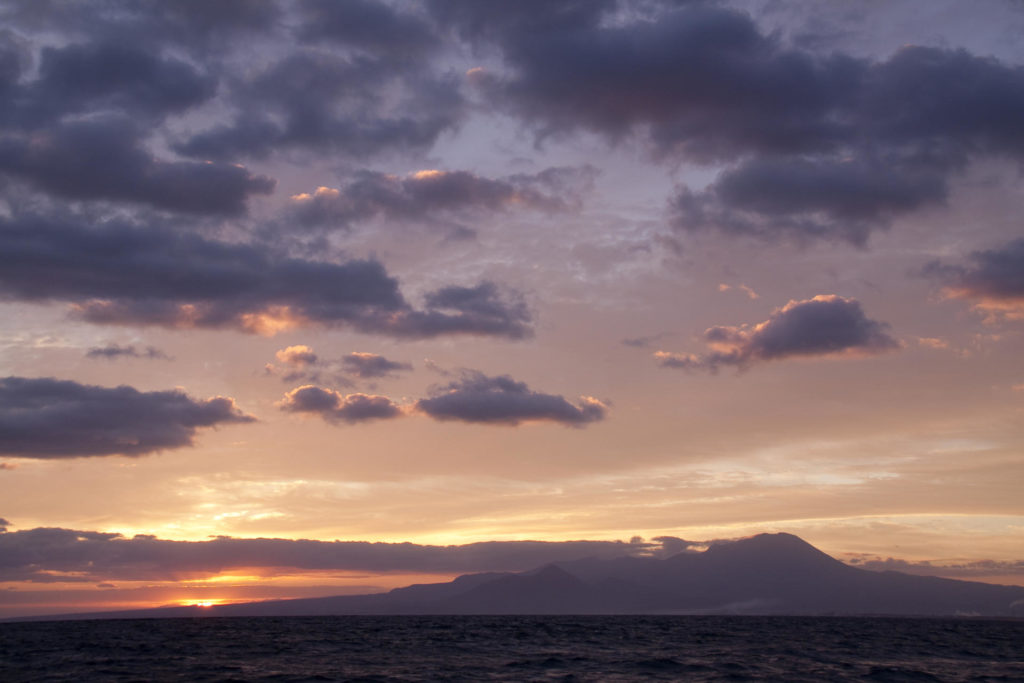 Take the short drive from Daisen to Kaike Onsen, the area’s famed beachside hot spring resort. Fishermen discovered the onsen’s source (which springs from the ocean) after noticing a sudden rise in water temperature. The hot, salty spring is said to promote health, beauty and longevity.
Take the short drive from Daisen to Kaike Onsen, the area’s famed beachside hot spring resort. Fishermen discovered the onsen’s source (which springs from the ocean) after noticing a sudden rise in water temperature. The hot, salty spring is said to promote health, beauty and longevity.
After taking a dip, I noticed my appearance hadn’t improved much, but I certainly felt better. Time will tell if the waters’ claims of a long life hold true. There is no shortage of accommodation in the area where you can enjoy onsen and delicious local seafood. Prices vary from reasonable to jaw-dropping.
SAKAIMINATO
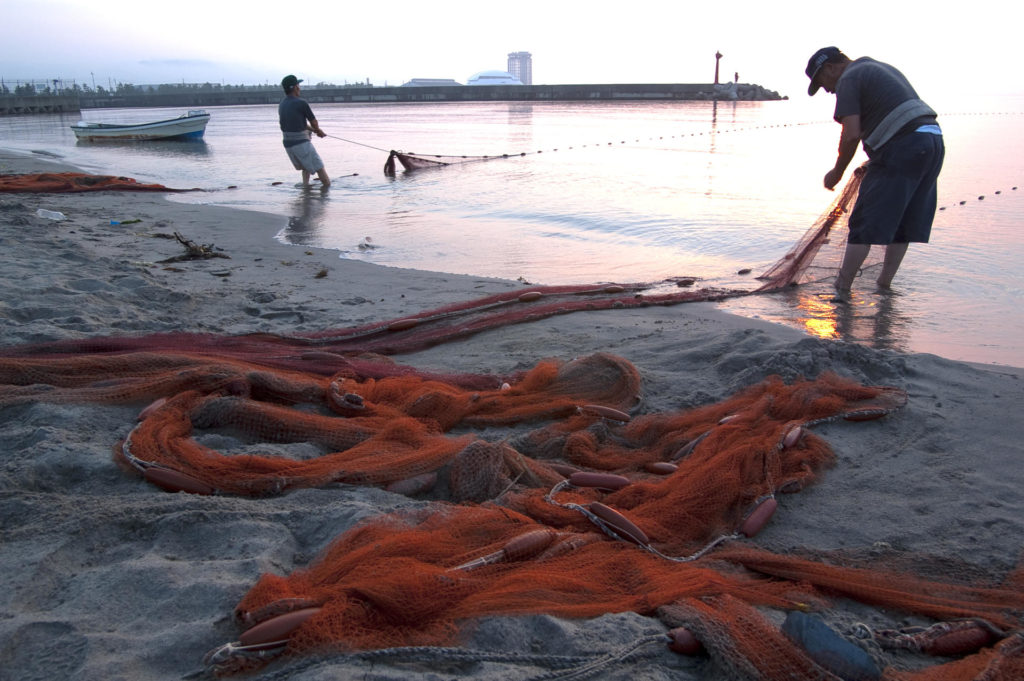 A 16-kilometer drive west along Route 431 brings you to Sakaiminato. The port town is famed for its catch of red snow crab, sardines and mackerel. It is a great to place to spend the night should your budget fall a bit short of Kaike Onsen. Yet, regardless of how much yen you are carrying, camping is my recommendation.
A 16-kilometer drive west along Route 431 brings you to Sakaiminato. The port town is famed for its catch of red snow crab, sardines and mackerel. It is a great to place to spend the night should your budget fall a bit short of Kaike Onsen. Yet, regardless of how much yen you are carrying, camping is my recommendation.
Sakaiminato town runs a public campground that sits beside a stretch of beach. Campsites are available from the Sakaiminato Public Marina for ¥1,000 per night. From there, take a 15-to-20-minute walk to the end of the small peninsula and enjoy a soak in the onsen for ¥500. As you meander back to the campsite, stop in at the supermarket and stock up on local seafood, nashi and grapes (local specialties) and BBQ necessities. Fire up the grill back at the campsite and enjoy an affordable meal fit for a king.
At 5:30 a.m., find a way to wrestle your way out of your bag and enjoy the scene from the beach as the sun makes its way up from behind Daisen’s feet. Once you pull up stumps (pack up) and head into Sakaiminato, take a stroll down the Mizuki Shigeru Road. The street is dotted with characters large and small from Shigeru Mizuki’s famed “Ge-Ge-Ge-No-Kitaro” series of stories.
You can even pick up a bottle of Kitaro Beer (another local microbrew). Mizuki bases the stories on characters from Japanese folklore known as yokai. According to the local mythology, the often-horrific persona scared humans into mending their ways and respecting nature.
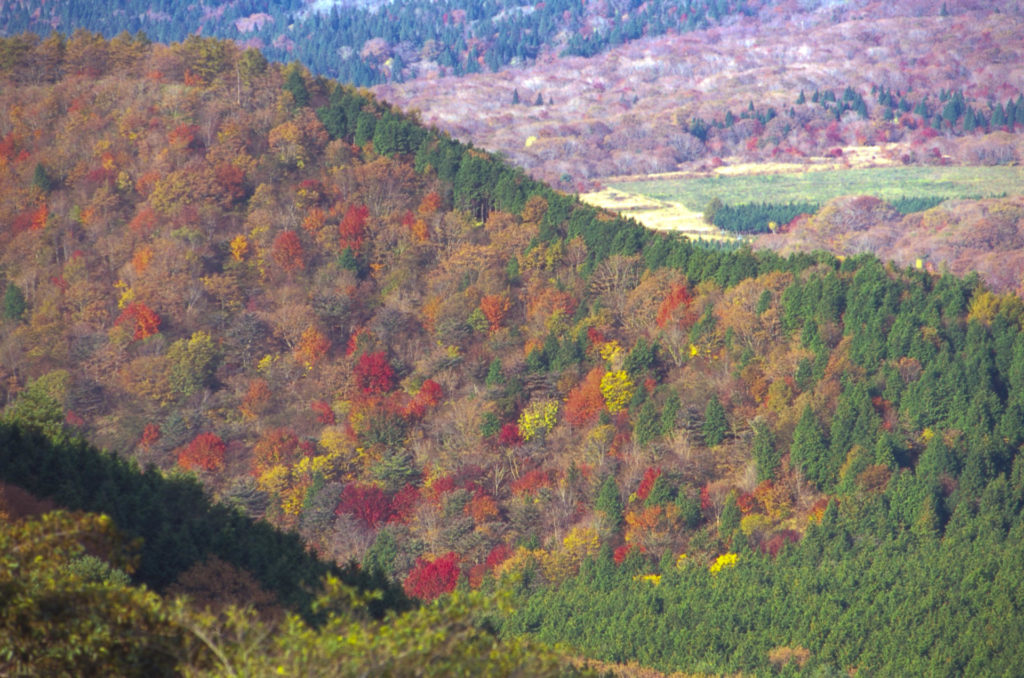 ESSENTIAL INFO
ESSENTIAL INFO
Trip Length: A two-or-three-day trip gives you time to make the most of the area.
Activities: Hiking, fishing, windsurfing, sailing, hang gliding, autumn viewing (mid-to-late October) and hot springs.
What to Bring: Autumn temperatures range from single digits in the morning on Daisen, to double digits during the day. It can get hot, so dress in layers.
Getting There: Car is the best option so you can explore the area. Take the Chugoku Expressway from Osaka and then the Yonago Expressway. If you are going by train, take the San’in Line to Yonago Station. Buses run regularly from there to Daisen, and Kaike is a short taxi drive away. Take the Sakai Line to Sakaiminato. Yonago has an airport, so flying is another option.
Climbing Daisen: Further information for climbing Daisen is available at Yonago Tourist Information Center (Tel: (0859) 22-6317, Japanese only) and Hiroshima Tourist Information Center (Tel: (0822) 61-1877, English available).




